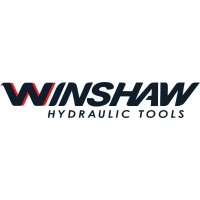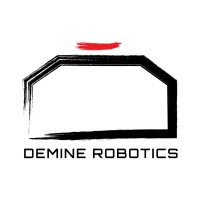
Winshaw Hydraulic Tools
Winshaw is an American owned company and is involved in the distribution of Hi-Force hydraulic tools for heavy industries. The most commonly used tools which we distribute are hydraulic wrenches, pumps and jacking cylinders. The heavy industries which most often utilize these tools include the following: oil & gas, mining, wind farms, power plants and construction companies. The main office is located in Houston, Texas. For full details of Winshaw Hydraulic Tools please visit our site at www.winshawhydraulictools.com






